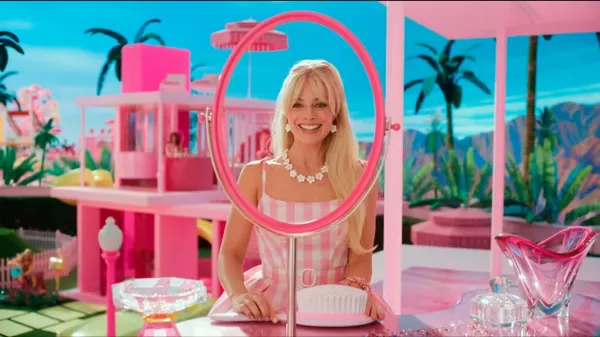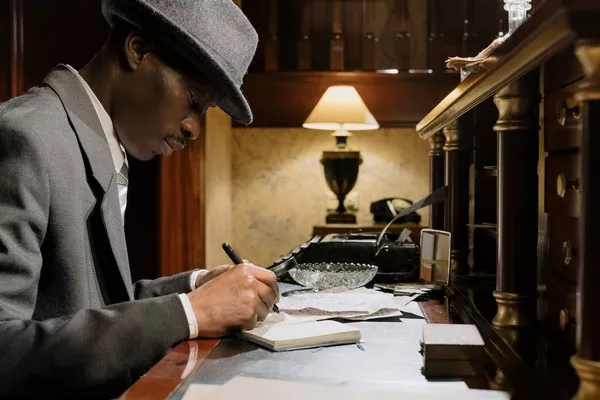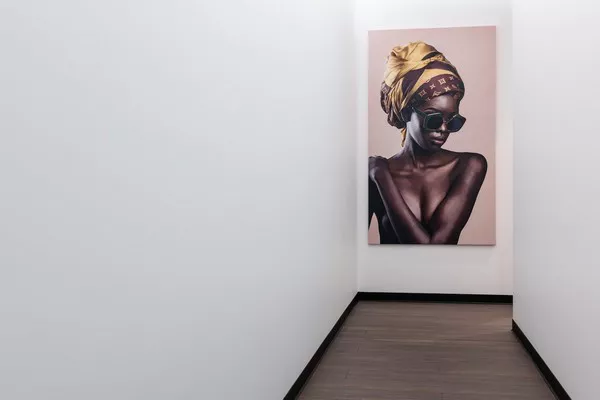Greta Gerwig’s directorial masterpiece, “Barbie,” emerges as a remarkable feat in both its technical prowess and tonal delivery. This cinematic spectacle serves as both an enchanting escapade and a rallying cry. The meticulous attention to detail within “Barbie” is so extensive that it necessitates multiple viewings to fully grasp its nuances. Every frame, down to the minutiae, is a testament to the film’s dedication to perfection. The collaborative brilliance of Jacqueline Durran, a two-time Oscar winner overseeing costume design, and Sarah Greenwood, a six-time Oscar nominee leading production design, consistently dazzles with its clever and vivid artistry. Cinematographer Rodrigo Prieto, a three-time Oscar nominee, bathes the film in a glossy radiance. Yet, “Barbie” isn’t just a recreation of decades’ worth of Barbie dolls with diverse outfits and dream houses. It’s a vivid manifestation, infused with infectious energy and a playful wink, transforming these iconic figures into vibrant characters.
1. The Multifaceted Tale of “Barbie” and Her Journey of Self-Discovery
Within the enchanting realm of Barbieland, Greta Gerwig’s “Barbie” unfolds the compelling narrative of Barbie (Margot Robbie), the most celebrated among all the Barbies. As the story takes center stage, Barbie finds herself grappling with an existential crisis. Her voyage takes an unexpected turn as she embarks on a journey to the human world, driven by a quest for self-understanding and purpose. Accompanying her is Ken (Ryan Gosling), her somewhat-paramour, whose very existence hinges upon Barbie’s acknowledgment. This voyage not only reveals harsh truths but also forges new friendships, all contributing to their path to enlightenment. This blending of stark reality into a meticulously constructed fantasy echoes the revelations of iconic films like “The Truman Show” and “The LEGO Movie,” all seen through the distinct and wry prism of Gerwig’s vision.
2. Celebrating and Deconstructing Barbie: Feminism, Diversity, and Nostalgia
“Barbie” ingeniously acknowledges the unrealistic physical proportions that have defined Barbie over time, addressing the real-world body issues they can trigger among young girls. However, the film also lauds Barbie as a feminist icon, tracing her history of breaking barriers. From the 1965 astronaut Barbie preceding the first woman in NASA’s astronaut corps to the present, the film commemorates these accomplishments. This is a movie that boldly navigates the landscape of satire and sincerity, highlighting Barbie’s significance while simultaneously dismantling her physical limitations. Moreover, the film employs sharp humor to cast a knowing glance at the partnership between Mattel and Warner Bros., creating a thought-provoking interplay between the movie’s narrative and its real-world context.
3. Margot Robbie and Ryan Gosling: Masterful Portrayals That Elevate “Barbie”
Margot Robbie’s portrayal of Barbie strikes a harmonious balance between satirical wit and genuine sentiment. Robbie impeccably embodies the character, radiating the optimism necessary for this candy-coated universe. Her performance transcends appearances, delving into the complexities of Gerwig and Noah Baumbach’s intricate dialogue. Robbie effortlessly captures each emotional nuance, from exuberant smiles to poignant tears, delivering a performance that captures the essence of the character.
Ryan Gosling’s performance as Ken is a consistent scene-stealer, embracing Ken’s vulnerability and transformation into a caricature of machismo. Gosling’s portrayal offers both hilarity and depth, skillfully tapping into his musical theater roots to craft a captivating and humorous character.
4. A Diverse Ensemble and the Struggle of Balance
“Barbie” boasts an extensive ensemble cast where female characters take on the roles of Barbies, and male characters embody the essence of Kens. Amid this vibrant tapestry, notable performances emerge. Kate McKinnon shines as the eccentric “Weird Barbie,” while Issa Rae portrays the resolute President Barbie. Alexandra Shipp embodies a compassionate Doctor Barbie, Simu Liu brings life to the assertive Ken, and America Ferrera plays a pivotal role as a Mattel employee. Notably, Michael Cera’s portrayal of the bumbling Allan adds a humorous touch to the sea of hunky Kens.
5. A Grand Vision and Occasional Unevenness
While “Barbie” showcases an ambitious and exhilarating vision, it occasionally falters in maintaining consistent pacing. After a riveting start filled with spirited humor, the film encounters a lull in the middle as it delves into more profound themes. Greta Gerwig courageously tackles complex notions during the blockbuster season, resulting in moments where the film pauses to elucidate its ideas, sometimes repeating them. The satirical charm established early on proves more effective in conveying concepts surrounding toxic masculinity, entitlement, and female empowerment.
6. Provoking Conversations: Entertainment with a Thoughtful Undercurrent
“Barbie” achieves a remarkable balance by being both an entertaining extravaganza and a catalyst for meaningful discussions. It seamlessly intertwines crowd-pleasing elements with opportunities for post-viewing contemplation. The film’s ability to stimulate thought while delivering a crowd-pleasing spectacle mirrors the concept of incorporating spinach into delectable brownies—achieving multiple objectives simultaneously.
Conclusion
Greta Gerwig’s “Barbie” emerges as a multifaceted cinematic triumph, a convergence of technical brilliance, compelling characters, and thought-provoking themes. While occasionally stumbling, its ability to blend entertainment and contemplation solidifies its place as a captivating and resonant film experience.


























